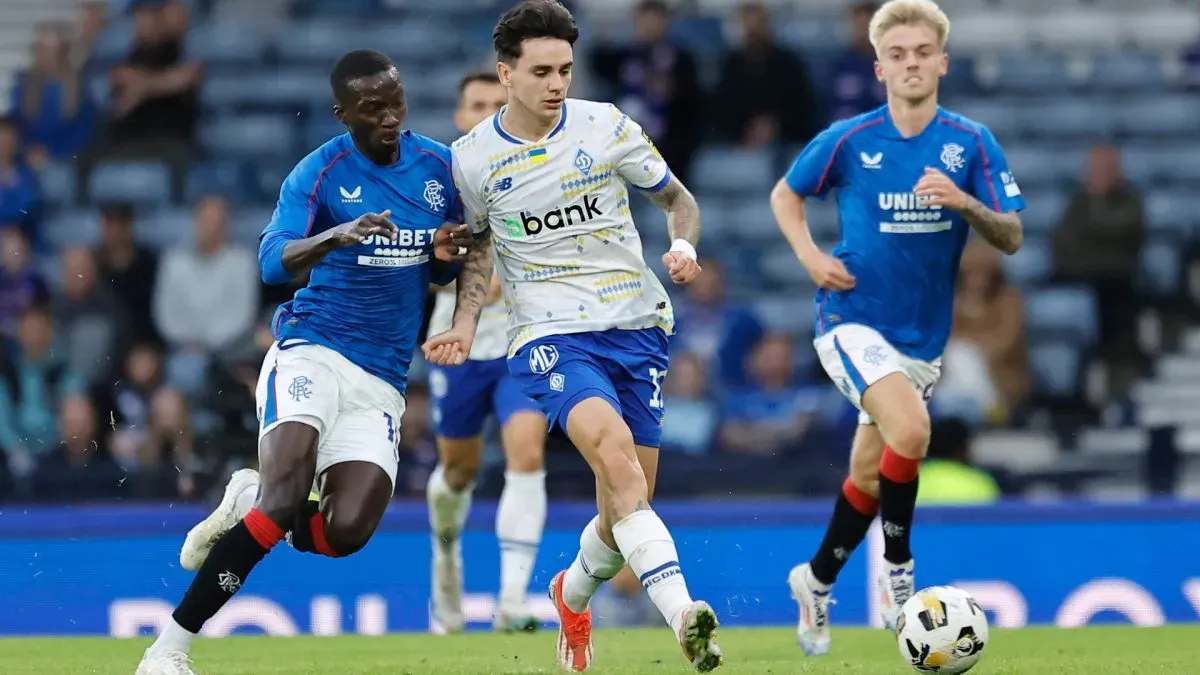European soccer is home to some of the most prestigious and productive youth academies in the world. These academies have a storied history of developing young players who go on to become stars in the sport; contributing not only to their clubs but also to national teams across the globe.
According to CIES’ recent data, Real Madrid and Barcelona expectedly lead the most productive academies. Based on the number of players currently active in 58 leagues worldwide, the list also includes other European giants. These academies have produced a remarkable number of professional players, each academy boasting unique strengths in player development.
Real Madrid’s youth academy, La Fabrica, stands at the pinnacle of youth development, with 67 players currently active in professional leagues worldwide. The name La Fabrica, meaning “The Factory,” is a testament to its reputation for consistently producing top-tier talent. The academy’s focus on technical skill, tactical intelligence, and physical conditioning has produced numerous stars; including legends like Raul, Iker Casillas, and more recently, players like Dani Carvajal and Nacho.
However, their phenomenal success over the last decade has all but come to an end due to a decline in skill levels and the success of other players. As a result, closely behind them is Barcelona’s famed La Masia academy; it has produced 64 players currently active in top leagues. La Masia is synonymous with the “tiki-taka” style. This philosophy has shaped some of the greatest players in modern soccer, including Lionel Messi, Xavi Hernandez, and Andres Iniesta.
In the 2024-25 La Liga opener, Hansi Flick started three 17-year-olds: Lamine Yamal, Pau Cubarsi, and Marc Bernal. This was only the second occasion this century that the Blaugrana have started three under-18 players.
Who are the other best academies?

Ajax’s academy, De Toekomst, meaning “The Future,” is renowned for their focus on developing technically proficient players with a deep understanding of the game. With 61 players currently active across various leagues, Ajax’s influence on European soccer is undeniable. Furthermore, they have produced legends like Johan Cruyff, Marco van Basten; more recently, Frenkie de Jong and Matthijs de Ligt.
Similarly, Serbian giant Crvena Zvezda, also known as Red Star Belgrade, have produced 60 players currently active in professional leagues. The club’s academy has a rich history of developing tough, technically sound players who excel in various European leagues. Notable graduates include Dejan Stanković and Nemanja Vidić, both of whom have made significant contributions to the sport.
In addition, Benfica’s Seixal academy has become one of Europe’s most productive in recent years; with 59 players currently active in top leagues. The school has a stellar reputation for evaluating talent and producing young players with exceptional tactical acumen and technical skills. Moreover, they have a strong track record of selling players to top European clubs, often for substantial fees. Graduates like Joao Felix, Ruben Dias, and Bernardo Silva have gone on to achieve great success in Europe; highlighting the academy’s influence.
Manchester City aiming to rise to top of best soccer academies

Meanwhile, Dynamo Kyiv’s academy stands as one of the most productive in Eastern Europe; with 56 players currently active in various leagues. The club has a long tradition of developing technically gifted and tactically astute players. As a result, many of these players have gone on to become key figures in Ukrainian soccer and have had successful careers abroad.
Sporting CP’s academy, often overshadowed by their Lisbon rivals Benfica, is nonetheless one of the best in Europe, with 55 players currently active in professional leagues. The academy is perhaps best known for producing Cristiano Ronaldo, one of the greatest players in soccer history, which underscores its exceptional capability in nurturing world-class talent.
Moreover, Dinamo Zagreb’s academy is the most productive in the Balkans, with 53 players currently active in professional leagues. The academy is widely recognized for its ability to develop technically skilled players who are also tactically flexible. Luka Modrić, one of the best midfielders of his generation, is perhaps the most famous graduate, illustrating the academy’s success in developing top-tier talent.
Furthermore, Manchester City’s academy has grown significantly in stature over the past decade, with 42 players currently active in top leagues. The club’s investment in youth development, particularly since the takeover by the Abu Dhabi United Group, has paid off with a steady stream of talent emerging from its ranks.
Lastly, Partizan Belgrade, another Serbian club with a rich tradition of developing talent, has 42 players currently active in professional leagues. The club’s academy is known for producing technically gifted and physically strong players who often move on to bigger European clubs, continuing the legacy of the academy on a broader scale.
PHOTOS: IMAGO















